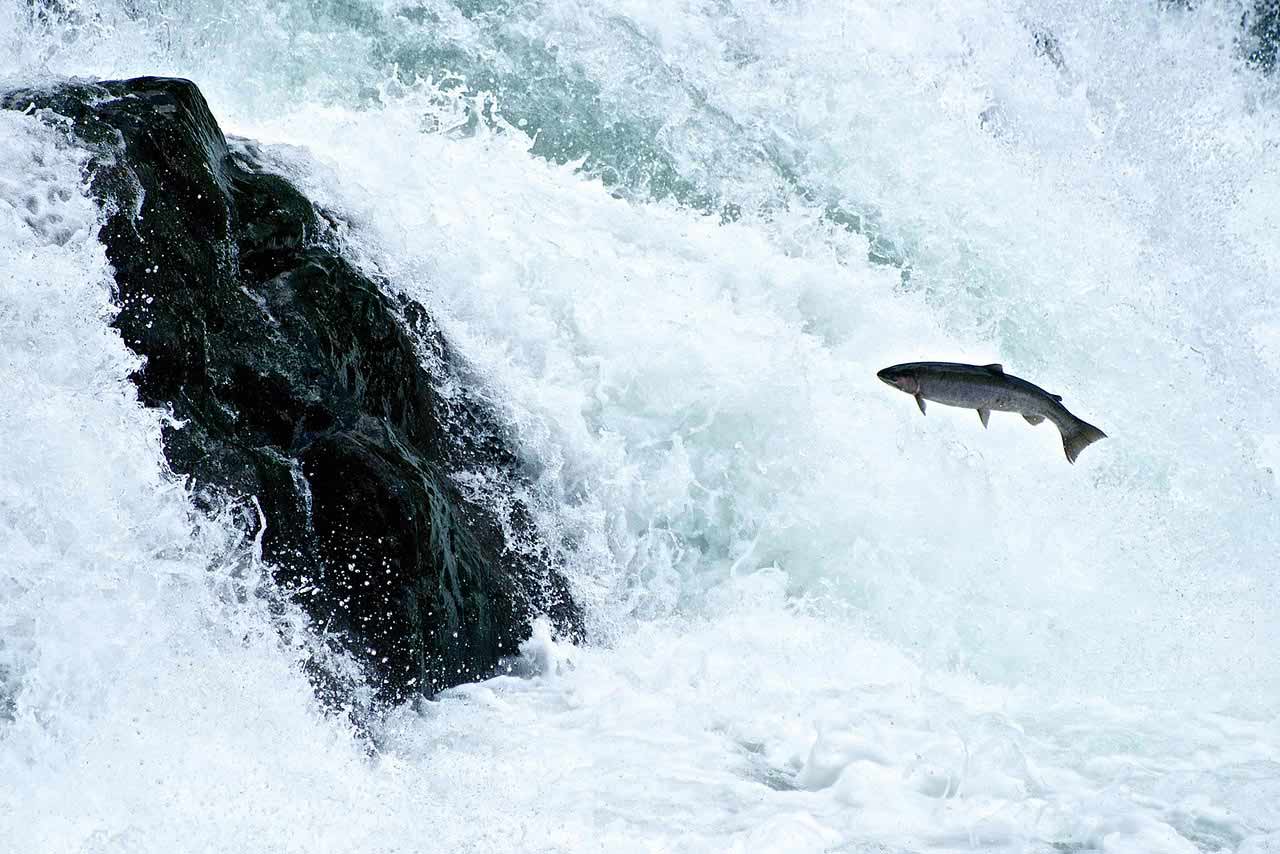Water Quantity 
We know working lands and healthy rivers can coexist.
We are facing unprecedented water supply constraints. Recent years have shown us that the challenge of keeping a river full and flowing is one shared across the American West.
To successfully navigate this water-constrained future, we are helping communities address water supply shortages. Changing climate impacts such as drought have provided the opportunity to consider new approaches to dealing with the challenges of groundwater sustainability, surface water management and irrigation efficiencies.
We bring parties together–farmers, ranchers, other landowners, private sector partners, public utilities, state and federal agencies–to find win-win solutions for working lands and the environment. In California, this includes in-lieu groundwater recharge projects as well as managed aquifer recharge and other forms of water replenishment.
Ways we improve water quantity
How do we know our techniques to improve water quantity are working?
- Nation’s oldest water trust
- Conducted 238 flow restoration projects since 1993, involving over 650 transactions
- More than 200 landowners across Oregon have partnered with us to restore streamflow in eight major basins, restoring between 98 to 163 million gallons per minute each irrigation season
- Helped create innovative groundwater recharge projects in California by working with multiple stakeholders, including 62 landowners, to prepare for the delivery of up to 50,000 acre-feet per year of tertiary-treated recycled water to agricultural communities in lieu of groundwater pumping
- Helped develop the Fifteenmile Action to Stabilize Temperature (FAST), a voluntary program that helps keep more water instream for endangered fish when high stream temperatures are forecasted
- Developed a minimum flow agreement in the Lostine River to maintain 15 cfs instream during critical months that, in coordination with efforts from local basin partners, has helped support the recovery of the river’s Chinook salmon run from under 50 adults in the early 1990s to over 2,000 adults in 2014
- Created a portfolio of groundwater replenishment activities in California to create nearly 723 acre-feet of groundwater recharge benefits by 2032
- Participated in the creation and adoption of two groundwater sustainability plans in the Central Valley

FAQ
We provide financial incentives to manage land and water in ways that balance the instream needs of fish and their habitat with your economic and social needs.
Yes. Although it may not look like much, restoring small quantities of water to small streams often brings great benefits for native fish species. For this reason, much of our work has focused in the small tributary streams where fish spawn.
Senate Bill No. 88 requires monitoring for irrigators diverting greater than 10 acre-feet per year of surface water. TFT’s SB-88 Program is an Alternative Compliance Program (ACP) in the Sacramento-San Joaquin River Delta to assist landowners in fulfilling this requirement. Learn more about participating in this program.
No. We’ve worked hard to ensure that transactions are mutually beneficial for both your operation and the water resource. We have never placed a landowner’s water rights in jeopardy, and in some cases, we have helped landowners preserve their water rights. Water right holders who have suspended their water can work with us to prevent forfeiture by shifting use to support instream habitat. In most cases, when a landowner leaves water instream, the impact to other water users will be the same as if the landowner were using the water for irrigation.
No. We’ve used a variety of methods and tools to restore instream flow during critical summer months. In fact, many of our most commonly used tools have not involved the permanent purchase of water rights. These include short-term leases, late-season shut-offs and split-season leases. Each project’s unique needs have influenced the solution, including the landowner’s long-term goals, type of agricultural production, irrigation methods, funding sources, state laws and instream flow needs.
You might be eligible for Harvest Water, a recycled water program that will provide a safe and reliable supply of tertiary-treated water to agriculture and habitat lands in southern Sacramento County. Harvest Water will facilitate groundwater recovery, boost sustainable agriculture, strengthen local habitats, and offer near-term benefits to the Sacramento-San Joaquin Delta. Learn more.
Get in touch
Have questions about how we improve water quantity or where we work?
Meg Belais, Northwest Programs Director

Contact Me At
Portland (Main Office), OR
503-222-9091
